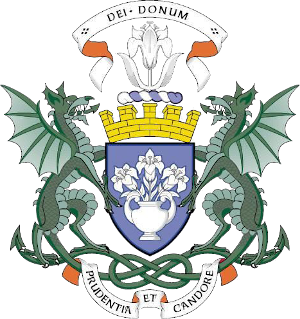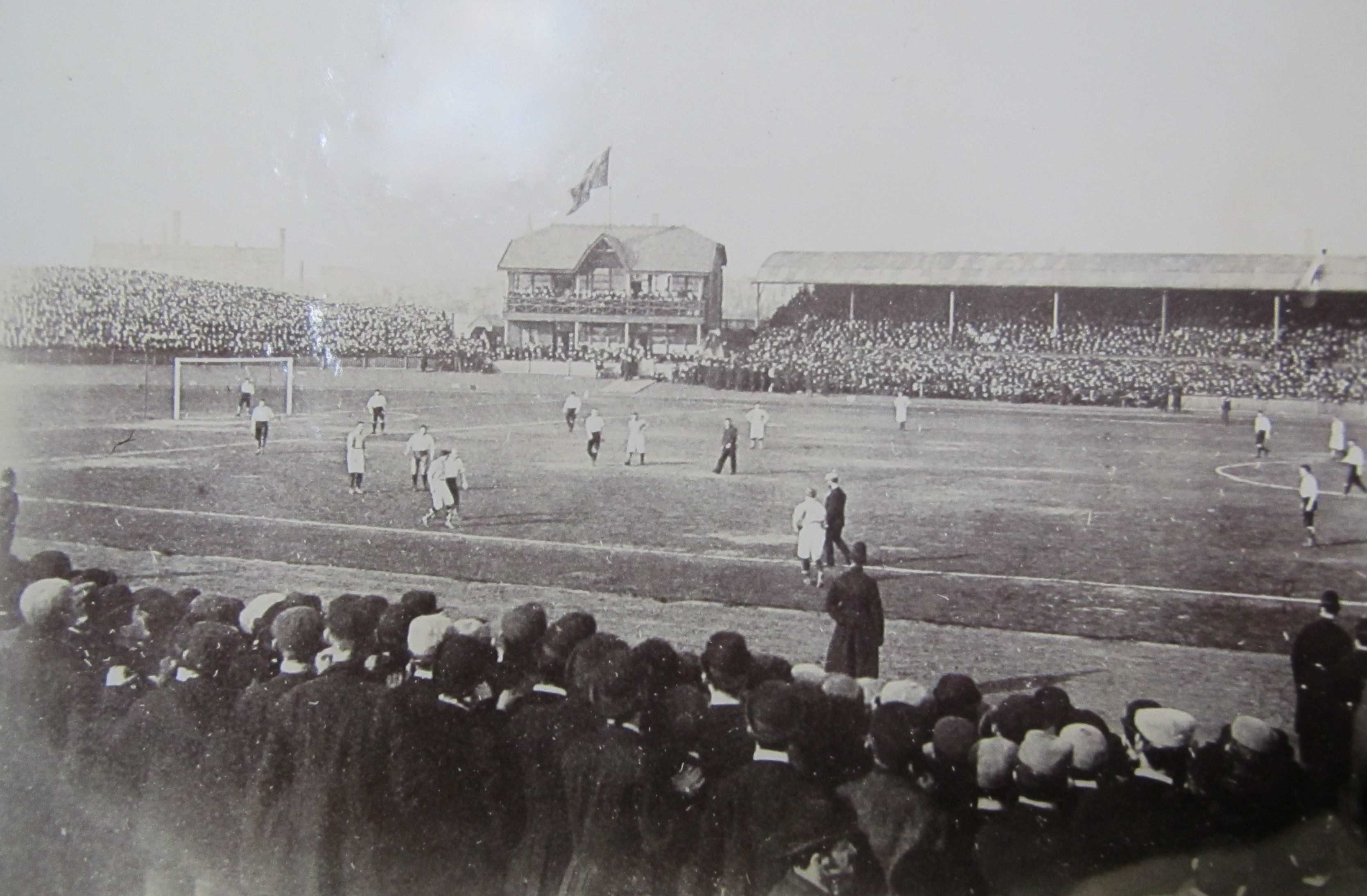|
1926–27 Dundee F.C. Season
The 1926–27 season was the thirty-second season in which Dundee competed at a Scottish national level, playing in Division One, where they would finish in 5th place. Dundee would also compete in the Scottish Cup, where they would make it to the 3rd round before being knocked out by Celtic. The club would return to its regular navy blue jersey this season. Scottish Division One ''Statistics provided bDee Archive'' League table Scottish Cup ''Statistics provided bDee Archive'' Player statistics ''Statistics provided bDee Archive' See also * List of Dundee F.C. seasons References External links 1926-27 Dundee season on Fitbastats {{DEFAULTSORT:1926-27 Dundee F.C. season Dundee F.C. seasons Dundee Dundee (; ; or , ) is the List of towns and cities in Scotland by population, fourth-largest city in Scotland. The mid-year population estimate for the locality was . It lies within the eastern central Lowlands on the north bank ... [...More Info...] [...Related Items...] OR: [Wikipedia] [Google] [Baidu] |
Dundee F
Dundee (; ; or , ) is the List of towns and cities in Scotland by population, fourth-largest city in Scotland. The mid-year population estimate for the locality was . It lies within the eastern central Lowlands on the north bank of the Firth of Tay, which feeds into the North Sea. Under the name of Dundee City, it forms one of the 32 Council areas of Scotland, council areas used for local government in Scotland. Within the boundaries of the Shires of Scotland, historic county of Angus, Scotland, Angus, the city developed into a burgh in the late 12th century and established itself as an important east coast trading port. Rapid expansion was brought on by the Industrial Revolution, particularly in the 19th century when Dundee was the centre of the global jute industry. This, along with its other major industries, gave Dundee its epithet as the city of "jute, jam and journalism". With the decline of traditional industry, the city has adopted a plan to regenerate and reinvent ... [...More Info...] [...Related Items...] OR: [Wikipedia] [Google] [Baidu] |
Dundee United F
Dundee (; ; or , ) is the fourth-largest city in Scotland. The mid-year population estimate for the locality was . It lies within the eastern central Lowlands on the north bank of the Firth of Tay, which feeds into the North Sea. Under the name of Dundee City, it forms one of the 32 council areas used for local government in Scotland. Within the boundaries of the historic county of Angus, the city developed into a burgh in the late 12th century and established itself as an important east coast trading port. Rapid expansion was brought on by the Industrial Revolution, particularly in the 19th century when Dundee was the centre of the global jute industry. This, along with its other major industries, gave Dundee its epithet as the city of "jute, jam and journalism". With the decline of traditional industry, the city has adopted a plan to regenerate and reinvent itself as a cultural centre. In pursuit of this, a £1 billion master plan to regenerate and to reconn ... [...More Info...] [...Related Items...] OR: [Wikipedia] [Google] [Baidu] |
Falkirk F
Falkirk ( ; ; ) is a town in the Central Lowlands of Scotland, historically within the county of Stirlingshire. It lies in the Forth Valley, northwest of Edinburgh and northeast of Glasgow. Falkirk had a resident population of 32,422 at the 2001 UK Census. The population of the town had risen to 34,570 according to a 2008 estimate, making it the 20th most populous settlement in Scotland. Falkirk is the main town and administrative centre of the Falkirk council area, which has an overall population of 156,800 and inholds the nearby towns of Grangemouth, Bo'ness, Denny, Camelon, Larbert and Stenhousemuir, and the cluster of Braes villages. The town is at the junction of the Forth and Clyde and Union Canals, a location which proved key to its growth as a centre of heavy industry during the Industrial Revolution. In the eighteenth and nineteenth centuries, Falkirk was at the centre of the iron and steel industry, underpinned by the Carron Company in nearby Carron. Th ... [...More Info...] [...Related Items...] OR: [Wikipedia] [Google] [Baidu] |
Cowdenbeath F
Cowdenbeath () is a town and burgh in west Fife, Scotland. It is north-east of Dunfermline and north of the capital, Edinburgh. The town grew up around the extensive coalfields of the area and became a police burgh in 1890. According to a 2008 estimate, the town has a population of 14,081. The wider civil parish of Beath has a population of 17,351 (in 2011).Census of Scotland 2011, Table KS101SC – Usually Resident Population, publ. by National Records of Scotland. Web site http://www.scotlandscensus.gov.uk/ retrieved March 2016. See “Standard Outputs”, Table KS101SC, Area type: Civil Parish 1930 Toponymy The first element of the town's name comes from the surname ''Colden'' or ''Cowden'', often indicated in early forms as a possessor by the addition of , for example ''Cowdennyes Baith''. ''Beath'', the name of the wider parish, is from the Scottish Gaelic, Gaelic , meaning birch. History The earliest indication of human activity in the immediate vicinity of the current ... [...More Info...] [...Related Items...] OR: [Wikipedia] [Google] [Baidu] |
Celtic Park
Celtic Park is a Soccer-specific stadium, football stadium and the home of Scottish Premiership team Celtic F.C., Celtic, in the Parkhead area of Glasgow, Scotland. With a capacity of 60,832, it is the largest List of football stadiums in Scotland, football stadium in Scotland, and the eighth-largest List of stadiums in the United Kingdom by capacity, stadium in the United Kingdom. It is also known as “Parkers”,Parkhead or Paradise. Celtic was formed in 1887 and the first Celtic Park (1888–92), Celtic Park opened in Parkhead in 1888. The club moved to the current site in 1892, after the rental charge was greatly increased on the first. The new site was developed into an oval-shaped stadium, with vast terracing sections. The record attendance of 83,500 was set at an Old Firm derby on 1 January 1938. The terraces were covered and floodlights installed between 1957 and 1971. The Taylor Report mandated that major clubs should have all-seater stadia by August 1994. Celtic was ... [...More Info...] [...Related Items...] OR: [Wikipedia] [Google] [Baidu] |
Dunfermline Athletic F
Dunfermline (; , ) is a city, parish, and former royal burgh in Fife, Scotland, from the northern shore of the Firth of Forth. Dunfermline was the de facto capital of the Kingdom of Scotland between the 11th and 15th centuries. The earliest known settlements around Dunfermline probably date to the Neolithic period, growing by the Bronze Age. The city was first recorded in the 11th century, with the marriage of Malcolm III of Scotland, and Saint Margaret at Dunfermline. As Queen consort, Margaret established a church dedicated to the Holy Trinity, which evolved into Dunfermline Abbey under their son David I in 1128, and became firmly established as a prosperous royal mausoleum for the Scottish Crown. A total of eighteen royals, including seven Kings, were buried here between 1093 and 1420 including Robert the Bruce in 1329. By the 18th century, Dunfermline became a regional economic powerhouse with the introduction of the linen industry, and produced industrialists incl ... [...More Info...] [...Related Items...] OR: [Wikipedia] [Google] [Baidu] |
David Thomson (footballer, Born 1892)
David Thomson (1892 – c. 1950) was a Scottish footballer who played as a left back for Dundee and Scotland. He played in the 1925 Scottish Cup Final which Dundee lost to Celtic. Known as 'Napper',Played for Dundee and Dundee United – Jock Gilmour Dundee FC, 28 July 2017 he received a against in 1926, and is a posthumous inductee of the Dundee Hall of Fame since 2018. [...More Info...] [...Related Items...] OR: [Wikipedia] [Google] [Baidu] |
Willie Cook (footballer)
William Lindsay Cook (11 March 1903 – 1981) was a Scottish professional footballer. An outside left, he began his senior career with Forfar Athletic before joining Dundee in 1925. Cook spent much of his career with Football League club Bolton Wanderers, winning the FA Cup at the end of his first season in 1929, and eventually making 234 League appearances and scoring 35 goals. He later played for Blackpool and Reading before rejoining Dundee in 1939. After the club temporarily closed down due to the Second World War, Cook made several guest appearances for neighbours Dundee United during 1941 while he was stationed locally with the Royal Air Force The Royal Air Force (RAF) is the Air force, air and space force of the United Kingdom, British Overseas Territories and Crown Dependencies. It was formed towards the end of the World War I, First World War on 1 April 1918, on the merger of t .... While at Bolton, Cook won three caps for the Scotland national team. Referenc ... [...More Info...] [...Related Items...] OR: [Wikipedia] [Google] [Baidu] |
Fir Park
Fir Park Stadium is a football stadium situated in Motherwell, North Lanarkshire, Scotland. The stadium plays host to the home matches of Scottish Premiership club Motherwell and was the temporary home of Gretna for the 2007–2008 SPL season. Motherwell moved to the stadium in 1896, previously playing their football at Dalziel Park. History and facilities Motherwell F.C. was formed in 1886. It played at sites on Roman Road and Dalziel Park until 1895, when Fir Park was opened. The ground was laid out in a wooded area belonging to Lord Hamilton of Dalzell, whose racing colours were claret and amber. Motherwell then adopted these colours themselves. Fir Park did not get off to a convincing start, with low attendances leading to rumours that Hibernian were ready to take over the stadium, something that didn't materialise. The record attendance for the stadium is 35,632 against Rangers in a 1951–52 Scottish Cup replay (Motherwell went on to win the competition). Stands T ... [...More Info...] [...Related Items...] OR: [Wikipedia] [Google] [Baidu] |
Motherwell F
Motherwell (, ) is a town and former burgh in North Lanarkshire, Scotland, United Kingdom, south east of Glasgow. It has a population of around 32,120. Historically in the parish of Dalziel and part of Lanarkshire, Motherwell is the headquarters for North Lanarkshire Council. Geographically the River Clyde separates Motherwell from Hamilton to the west whereas the South Calder Water separates Motherwell from Carfin to the north-east and New Stevenston and Bellshill towards the north. Motherwell is also geographically attached to Wishaw and the two towns form a large urban area in North Lanarkshire, with both towns having similar populations and strong community ties. History A Roman road through central Scotland ran along Motherwell's side of the River Clyde, crossing the South Calder Water near Bothwellhaugh. At this crossing a fort and bath house were erected, but the Roman presence in Scotland did not last much later than this. Motherwell's location in the Scotti ... [...More Info...] [...Related Items...] OR: [Wikipedia] [Google] [Baidu] |
Airdrieonians F
Airdrieonians Football Club is a Scottish professional football team in Airdrie, North Lanarkshire, who are members of the Scottish Professional Football League (SPFL) and play in the . They were formed in 2002 as Airdrie United Football Club following the folding of the original Airdrieonians club, formed in 1878. The club's official name was changed in 2013 with the approval of the Scottish Football Association to the traditional name of Airdrieonians. As with the previous club, this is often colloquially shortened to simply "Airdrie". The club have won three trophies in their short history – the Scottish Second Division in 2003–04 and the Challenge Cup in 2008–09 and 2023–24. Once described as "the luckiest team in the Scottish League", the club have benefited in league division placements due to other club's misfortunes on four occasions (2008, 2009, 2012 and 2025). However the club have lost six Scottish league play-off finals (2007, 2008, 2009, 2012, ... [...More Info...] [...Related Items...] OR: [Wikipedia] [Google] [Baidu] |






